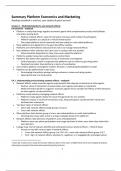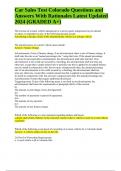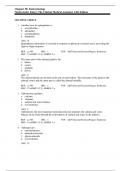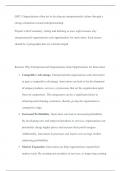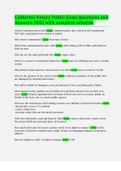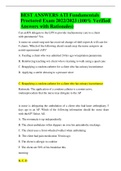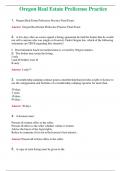Samenvatting
Summary - Platform Economics and Marketing (BMME193) | textbook, readings, cases & guest lectures
This concise summary of 21 pages contains all the readings (textbook + articles), case studies & guest lectures of the elective course Platform Economics and Marketing (BMME193). By learning this summary you are fully prepared for the exam. The textbook summarized is: Platform strategies : a guid...
[Meer zien]
